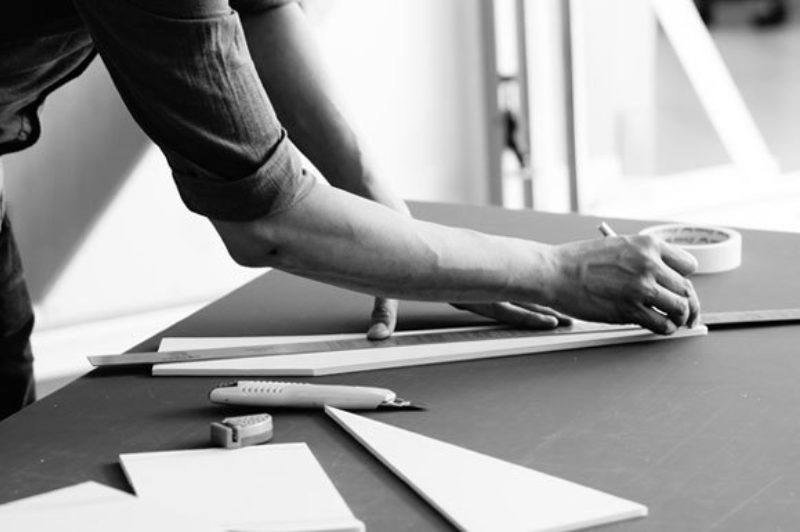October 30, 2013

Although memories of my early formal education have started to fade, I vividly recall two distinct types of learning experiences: brainwork and handwork. The vast majority of my time in school was spent listening to lectures, taking exams, writing essays, and so on. On rare occasions, we’d roll up our sleeves and make stuff. Those few instances when talking gave way to making made a big impression on me.
For instance, when I was 11, while studying the history of the Roman conquests, our assignment was to build a miniature trebuchet—the medieval catapult used to break through thick city walls—and take it for a whirl on the playing field. Of all the history classes I’ve taken, that’s the one I remember most, because it made a remote, abstract concept tangible and real.
Shortening the distance between talking about an idea and prototyping it is key to becoming a successful design thinker. Ideas are of little use if they stay put as ideas. You can only assess their merits when you bring them to life and let others poke at them. The toughest part can be translating the idea into something more concrete. This is where your creative confidence can waver. You might be afraid to commit or worried that others will question your skills. Such obstacles can be overcome with a few simple, but powerful, tricks:
Start Small Make your first prototype quickly out of whatever materials are at hand. Whether it’s a sketch, cardboard model, video, or improv of a service scenario, making your idea less abstract will help you improve it.
Fail Fast You’ve probably heard this before. When you’re trying new things, failure is inevitable. Accepting that failure is part of the process is key. As IDEO founder David Kelley famously said, “fail faster to succeed sooner.” It also helps to tell people that what you’re doing is an experiment. That way, it doesn't seem so precious that they can’t give you honest feedback.
Ask for Help Don’t assume you have to do everything yourself. Just explaining your idea to potential collaborators will help clarify it and asking for assistance invites others to build on your idea.
The good news is that it’s getting easier for ordinary folks to make stuff. Handy smartphone apps allow you to shoot and edit videos in a snap. New CAD tools, scanners, and printers, which are this close to becoming widely accessible and affordable, allow anyone to make 3D objects in minutes. Even coding is going from geek to gettable, thanks to open-source components like Raspberry Pi and Arduino.
Much like their medieval predecessors, these modern-day trebuchets are razing the walls between concept and creation. I predict a global renaissance in making over the next decade. Let’s hear it for thinking with your hands.
What happened the last time you stopped talking and started making?
(Posted also on my LinkedIn Thought Leader blog)